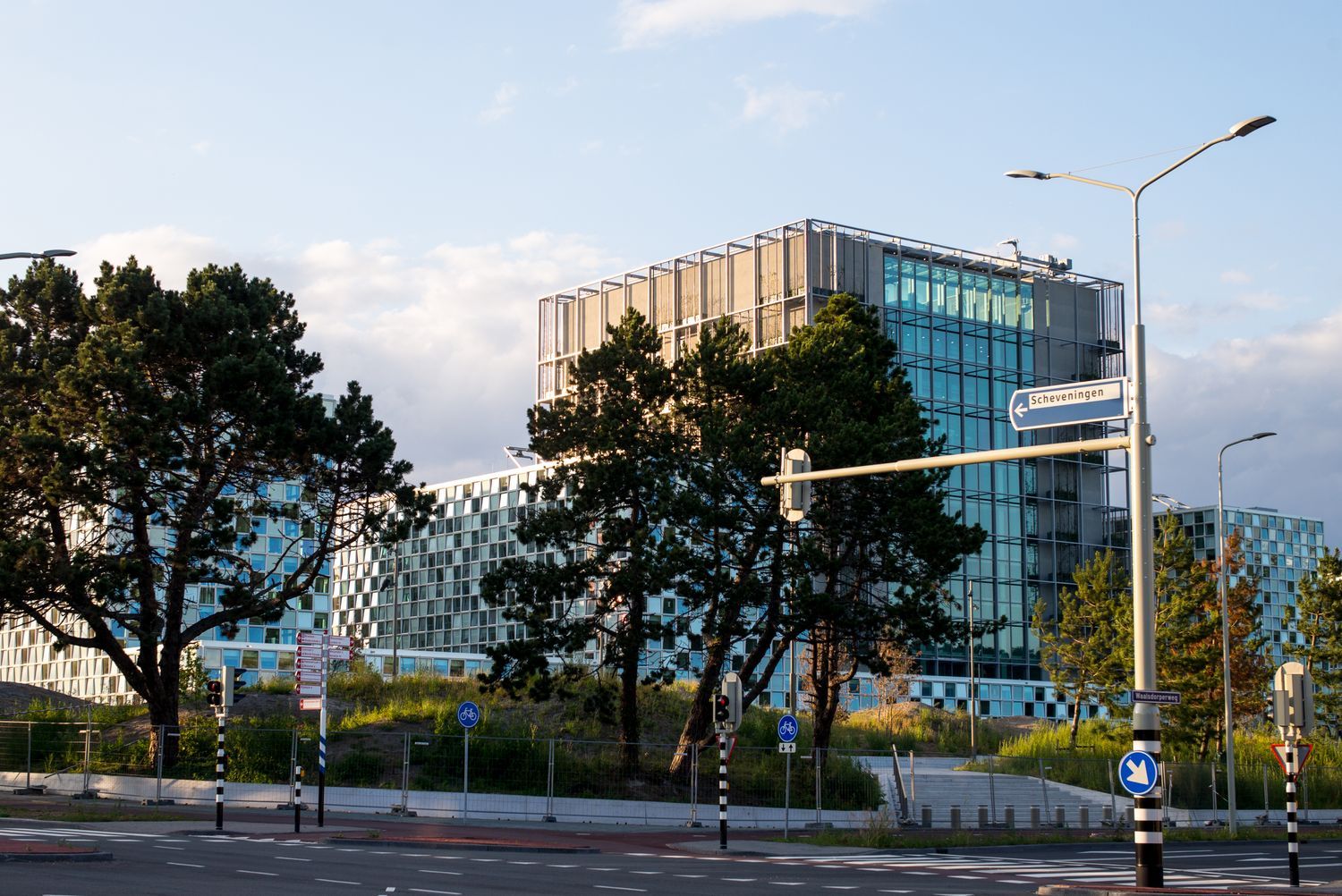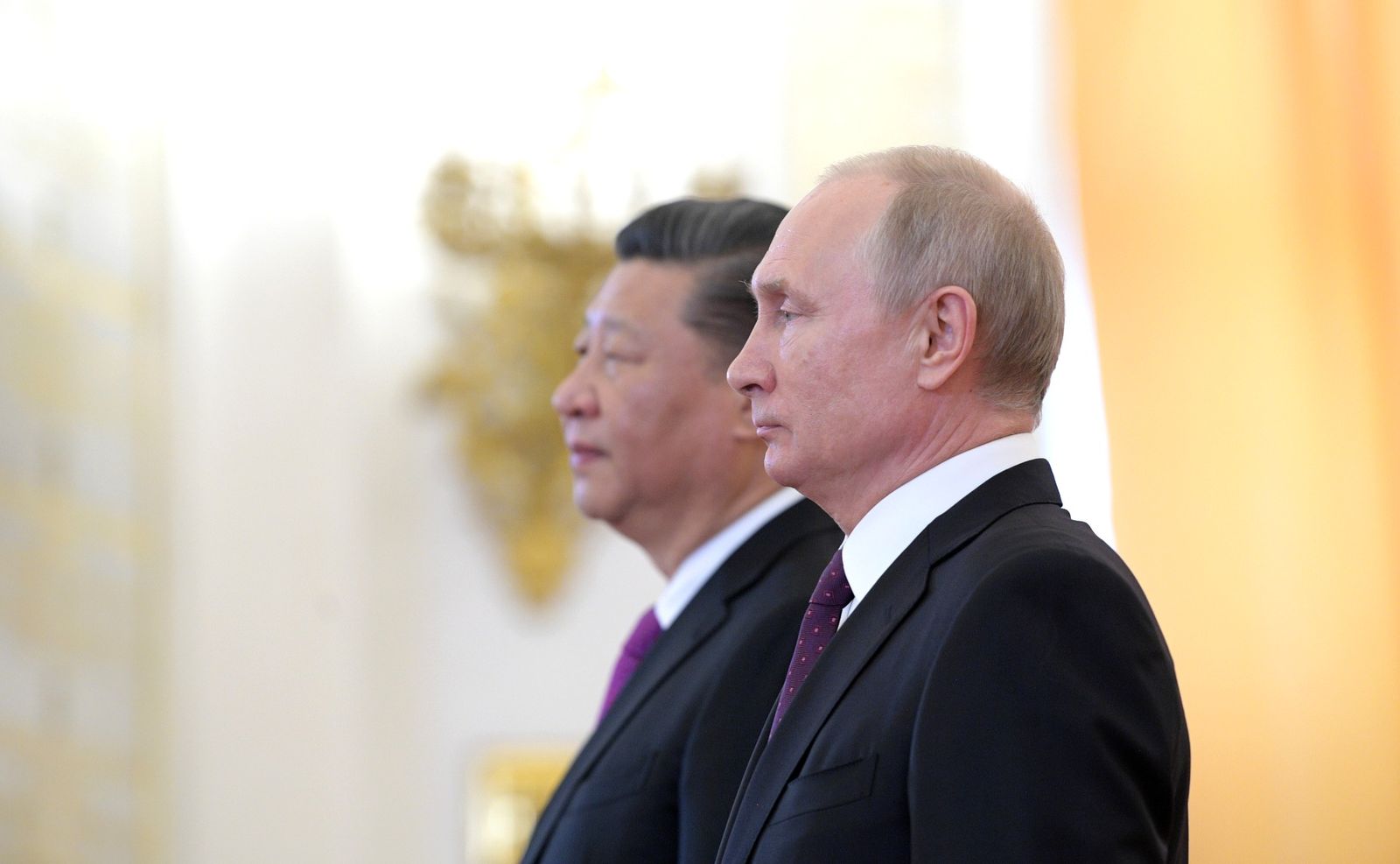This is part 1 of a 2 part series on the International Criminal Court.
Making the “city of peace and justice” its abode, the International Criminal Court (ICC) is a purported bastion of global security and solidarity. In harmony with the diverse, contemporary metropolis surrounding it, the ICC is a judicial and managerial body representing various faiths and ethnicities, symbolizing the need for leadership and justice in every corner of the world. Today, the fight against global impunity is becoming ever prominent, but modern power structures form a tough barrier to justice. Every day, as the sun sets over The Hague in the Netherlands, the opportunities to promote lasting global stability diminish.
The world’s first international tribunal stands as a token to the cause of humanity’s defense, but does the reality of its integrity and composition reflect this ideal? The “court of last resort” often appears to be a court of little resort; amidst devastating conflict, The Hague’s response appears slow and shallow. Not only does the overt silence and lacking action from the ICC illustrate its failures in justice, but its very structure nearly guarantees that its reach cannot extend over the whole of humanity.
The principle of complementarity, by which the ICC only acts when national courts are unwilling or unable, lies at the root of this problem. Compliance with international law and universally equitable justice seem far-fetched. Some countries believe they are inherently above such laws, and some feel that they are capable of taking justice into their own hands, while others experience allegedly neocolonial biases towards them. Geopolitical strife also obfuscates the path to justice for many individuals in countries whose power is eclipsed by the heavy economic influences of their benefactors or mother states. This series will explore the structural inefficacies of the Court itself, and analyze its challenges with justice on both the state and international levels. Reflecting on some of the Court’s successes, it will also survey the necessary changes for the ICC to successfully implement the institution of cross-border law enforcement, through stronger multinational coalitions and increased pressure on local governments.
A Brief History Replete with Injustice
The idea of erecting an international tribunal to prosecute war criminals was first proposed during the 1919 Paris Peace Conference after World War I. It was brought up again in Geneva, Switzerland in 1937 within the League of Nations, but in neither case was the proposal for a permanent international court ratified. Following World War II, allied powers established two ad hoc international military tribunals, one seated in Nuremberg, Germany, and the second in Tokyo, Japan, to prosecute Axis leaders for war crimes. Notably, these were the first official instances in which the operation of a court saw trials defending violations of human rights on the global scale. In the following decades, at the request of the UN General Assembly and delayed by the events of the Cold War, international lawyers drafted plans for a permanent international court and were continually motivated by the atrocities that arose in the remainder of the 20th century, including the Rwandan genocide and the Yugoslav Wars. Finally, upon the dawn of the 21st century, drafts for the working structure of the International Criminal Court were complete, and 148 countries gathered in Rome to vote on its establishment in 1998.
Upon its inception with the Rome Statute in 1998 and its later activation in July 2002, the Court was initially hailed as a breakthrough in the fields of justice and equality. But as time went by, the world’s most severe crimes were often left uninvestigated or unprosecuted. Criticisms of inconsistent judiciousness and inefficient procedures are increasingly relevant as impunity endures.
Many of the challenges in question are not the direct fault of the Court. On the international scene, a court of last resort would ideally see a minimal number of trials and address only grave crimes threatening humanity, as opposed to frivolous cases that can easily be settled in national courts. While expeditious trials are generally favored, the atrocities of war crimes are committed on such a massive scale that such international trials understandably require a much greater duration. As such, the Court’s other inefficiencies warrant more attention, including the detention of the transgressors themselves.
One notable example of the Court’s failures and of the unreliability of many nations to uphold justice is that former Sudanese President Omar al-Bashir was able to skip around the globe as a well-known fugitive without any fear of arrest. Al-Bashir was the first leader of an Arab nation to physically travel to Syria during its civil war and endorse the brutal measures that the Bashar al-Assad regime used against its rebellious population. He visited a number of other countries on similarly diplomatic visits, including Saudi Arabia, Egypt, and South Africa. Al-Bashir first came to power in Sudan in 1989 at a time when the country was embroiled in a tumultuous civil war. During his reign, the ICC indicted al-Bashir (in the latter’s absence) with a laundry list of war crimes committed in the western region of Darfur, including rape, torture, genocide, attacking civilians, and pillaging villages. By 2009, the ICC prosecutors sent an official warrant for al-Bashir’s arrest on most of these charges, but astoundingly cited “insufficient evidence” to try him for genocide.
The case of Omar al-Bashir was not the first time that the ICC demonstrated a culture of feigning ignorance or requiring “additional evidence” despite thousands upon thousands of victim stories, and is far from being the only unsettled drawback of the Court’s structure. Would al-Bashir’s movements have been so free if the countries that housed him had been able to hold him accountable? Would his capture have been guaranteed much sooner if his own nation could fit fairly into a system of equal representation and accountability? Some of the issues stem from the Court, but far more come from state parties and the world’s various nations. The incidentally fruitless powers of the Court and its parties bring into question the integrity of the very fabric meant to weave them together: the Rome Statute itself.
The Rome Statute
The first and most basic aspect of the Court’s structure is its establishing document: the Rome Statute. Adopted in Rome, Italy, in 1998 and put into force in 2002, the statute is effectively a non-binding treaty to which only states may be parties. By the self-evident fundamentals of international law, a treaty cannot hold non-parties under its jurisdiction. Therefore, assuming momentarily that the ICC is fully capable of executing justice swiftly and efficiently, any representative of a non-state party could nonetheless commit the most egregious of crimes against humanity in the world’s plain view without facing an ounce of retribution in The Hague. As there are more nuances to the Court’s structure, this is a simplification; however, the ICC’s framework still virtually guarantees this freedom to all citizens of non-parties of the Rome Statute.
Further, the court’s stipulations demand that only individuals may be tried for their crimes, not state parties or organizations. For instance, imagining for a moment that the United States were a party to the Rome Statute, the Central Intelligence Agency (CIA) would not be an eligible defendant, but its individual constituent officers would be. Ultimately, it is not only the inherent structure of the ICC that limits the full extent of practicing judges, but it is certainly a major factor that requires attention.
Unequal in the Eyes of the ICC
The International Criminal Court’s goal is to seek out and prosecute individuals responsible for inflicting serious harm against human subjects. However, of the world’s 193 official countries, only 123 (roughly 64 percent) of them are state parties to the Rome Statute. The fact that over a third of the globe is exempt from the world’s current most powerful judicial body reach is troubling for an organization dedicated to global justice. Although it is unreasonable to believe that the ICC can yet impose its law on non-agreeable states, the Court has much to answer for in its quest for egalitarian, impartial relief.

As of July 2020, the Court has 14 outstanding arrest warrants, and the defendants to which they are subject originate from North and sub-Saharan African nations. The vast majority of these indictments and warrants were issued in the early to mid 2000s, testifying to the generally feeble reach of the ICC in quickly apprehending defendants at large. The 31 remaining current and past defendants also all hail from African nations in which the alleged crimes were committed. This is positively not a reflection of where the world’s only crimes against humanity are concentrated, but rather a window into the broken and limited legal architecture of the Court’s international law.
33 out of 54 African nations are parties to the Rome Statute, but many of the Court’s defendants—past and current—call nations that have yet to ratify the statute their home. Libya and Sudan were two such examples in which the UN Security Council referred war crimes in non-member states to the ICC. In any other region of the world not a party to the Rome Statute, there has never been a single defendant, even arraigned in absentia, from a nation not in Africa. In part, this is due to the resounding support in times past which African nations, then most recently haunted by the Rwandan Genocide of 1994, provided to the court just before its activation. In truth, the court’s focus on Africa originates much more in rampant global corruption than simply in Africa’s history.
Ultimately, it is not one’s affiliation to the Rome Statute that dictates whether one will face justice. There should not be a political blockade to justice and there should not be immunity for one who commits acts against humanity. If nothing else, the ICC’s presence in Africa demonstrates that this precedent only applies to one continent.
Part 2, discussing specific examples of the ICC and an analysis of its future, will be posted soon.





